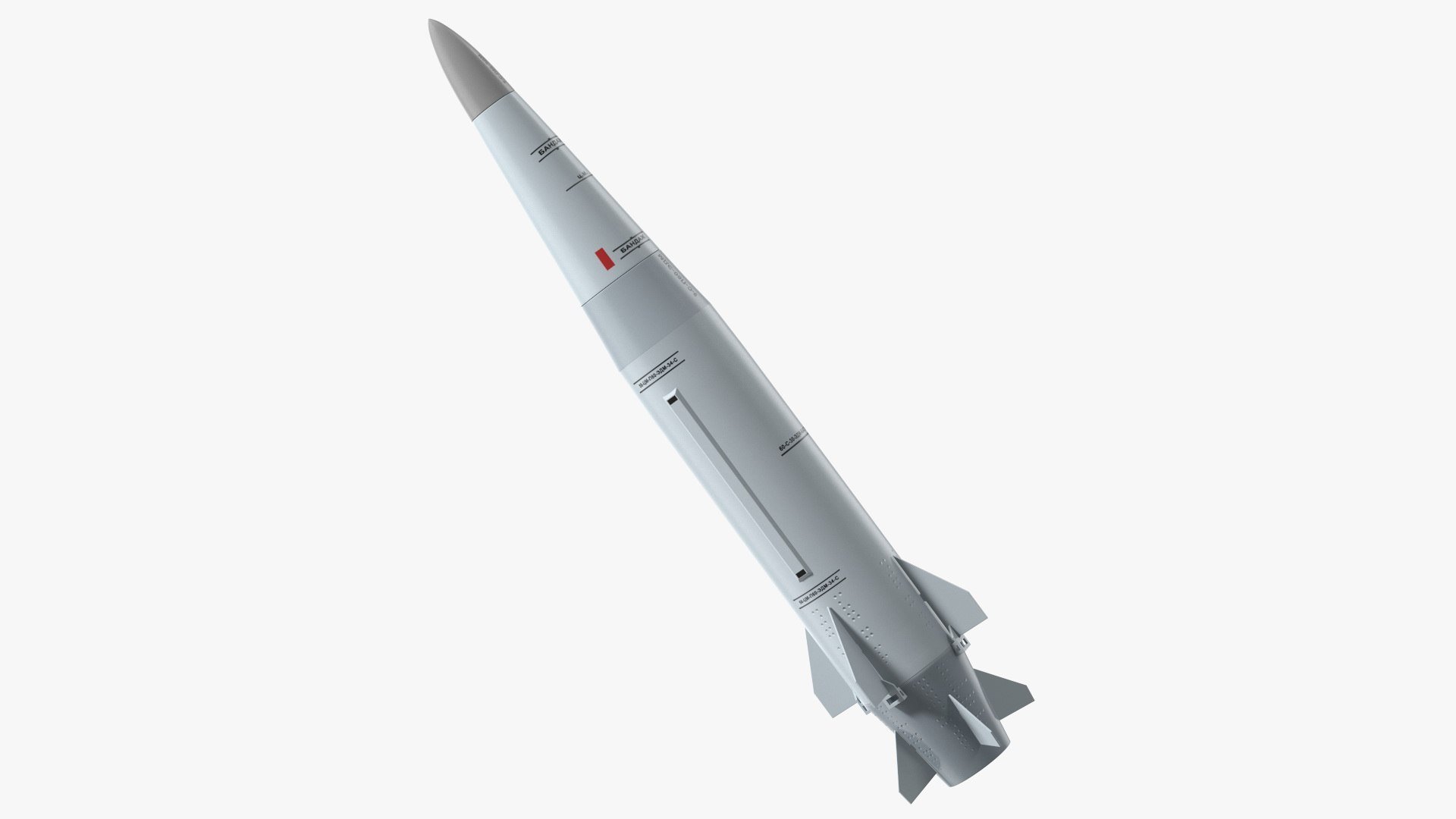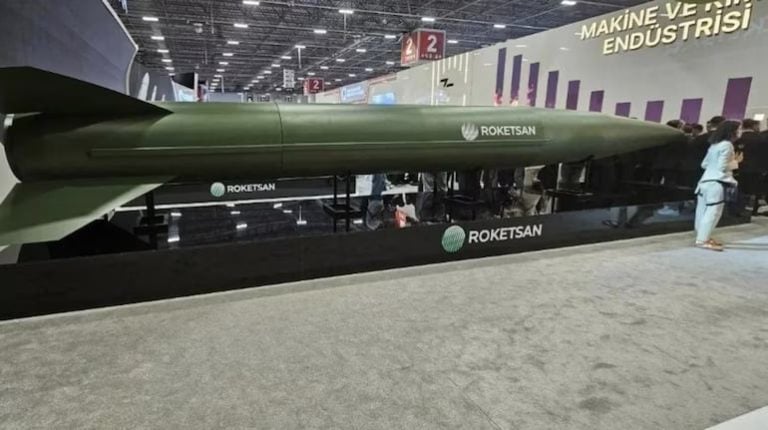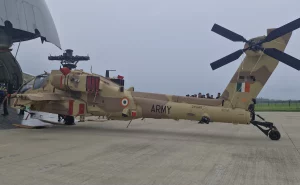On June 3, 2025, Russia executed a significant military operation by launching its Kinzhal hypersonic missile at the Ukrainian port city of Mykolaiv. This strike is notable as it marks the first confirmed use of the advanced missile system on the southern front since the onset of full-scale conflict in 2022. The missile’s impact disrupted critical infrastructure in Mykolaiv and activated air raid sirens across the region, drawing renewed international attention to Russia’s proficiency in high-speed, precision-strike weaponry.
The Kh-47M2 Kinzhal, commonly referred to as “Dagger,” is a hypersonic missile designed to penetrate modern missile defense systems and is touted for its ability to strike high-value targets with remarkable speed and accuracy. President Vladimir Putin first introduced the Kinzhal in 2018, showcasing Russia’s commitment to developing advanced military technology. Launched primarily from MiG-31K fighter jets, the missile may also see integration with Tu-22M3 bombers in future operations.
Specifications and Features
- Type: Air-launched aeroballistic hypersonic missile.
- Speed: Capable of reaching up to Mach 10, or approximately 12,000 km/h.
- Range: Has an effective range of 1,500–2,000 kilometers when launched from a MiG-31K, with potential expansions beyond 3,000 kilometers when integrated with the Tu-22M3.
- Warhead: Can be equipped with either conventional or nuclear payloads, weighing approximately 480–500 kilograms.
- Guidance System: Utilizes inertial navigation complemented by GLONASS satellite positioning.
- Launch Platforms: Currently launched from MiG-31K aircraft, with future capabilities envisioned for the Tu-22M3 and possibly the MiG-41.
- Primary Targets: Designed to engage high-value assets, such as hardened bunkers, critical infrastructure, naval vessels, and military supply depots.
The Hypersonic Edge
The classification of the Kinzhal as a hypersonic missile is due to its capacity to exceed Mach 5, significantly surpassing this threshold. Unlike conventional ballistic missiles, the Kinzhal’s aeroballistic nature permits limited mid-flight maneuvers, enhancing its evasion capabilities against tracking systems during its trajectory. However, some analysts contend that the missile may not fit the criteria of a "true" hypersonic weapon, as its flight path resembles that of modified Iskander ballistic missiles.
Comparison with Other Hypersonic Missiles
When measured against other existing hypersonic missiles, the Kinzhal presents a compelling profile:
- Speed: It holds an advantage with speeds reaching Mach 10 compared to others like China’s DF-ZF and the U.S. ARRW, which operate within lower speed ranges.
- Range: Its operational range aligns closely with that of the DF-ZF but is notably less than the Russian Avangard, which boasts a range exceeding 6,000 kilometers.
- Guidance and Warhead Options: The Kinzhal’s use of a dual warhead option (nuclear and conventional) further distinguishes it in the hypersonic arsenal.
Interception Challenges
The interception of a missile traveling at Mach 10 presents immense challenges. While advanced systems like the Patriot PAC-3 and SAMP/T reportedly possess capabilities to engage fast-moving targets, they face difficulties against maneuvering hypersonic missiles. Ukraine has claimed some successes in intercepting Kinzhal missiles; however, these assertions are contested by Russian officials. Experts agree that successful interceptions are theoretically feasible only during the missile’s final descent phase, provided precise tracking data is available, highlighting critical gaps in current global missile defense technology.
Conclusion
The missile strike on Mykolaiv serves as a stark reminder of Russia’s advanced hypersonic capabilities and the significant implications for modern military strategy. The deployment of the Kinzhal indicates a pivotal shift in the landscape of warfare, illustrating both the evolving complexity of military conflicts and the vulnerabilities inherent in contemporary defense frameworks. As the international arms race increasingly pivots toward hypersonic technologies, comprehending the role of the Kinzhal in the ongoing Russia–Ukraine war becomes crucial for assessing the future of strategic deterrence and missile defense initiatives globally.



















